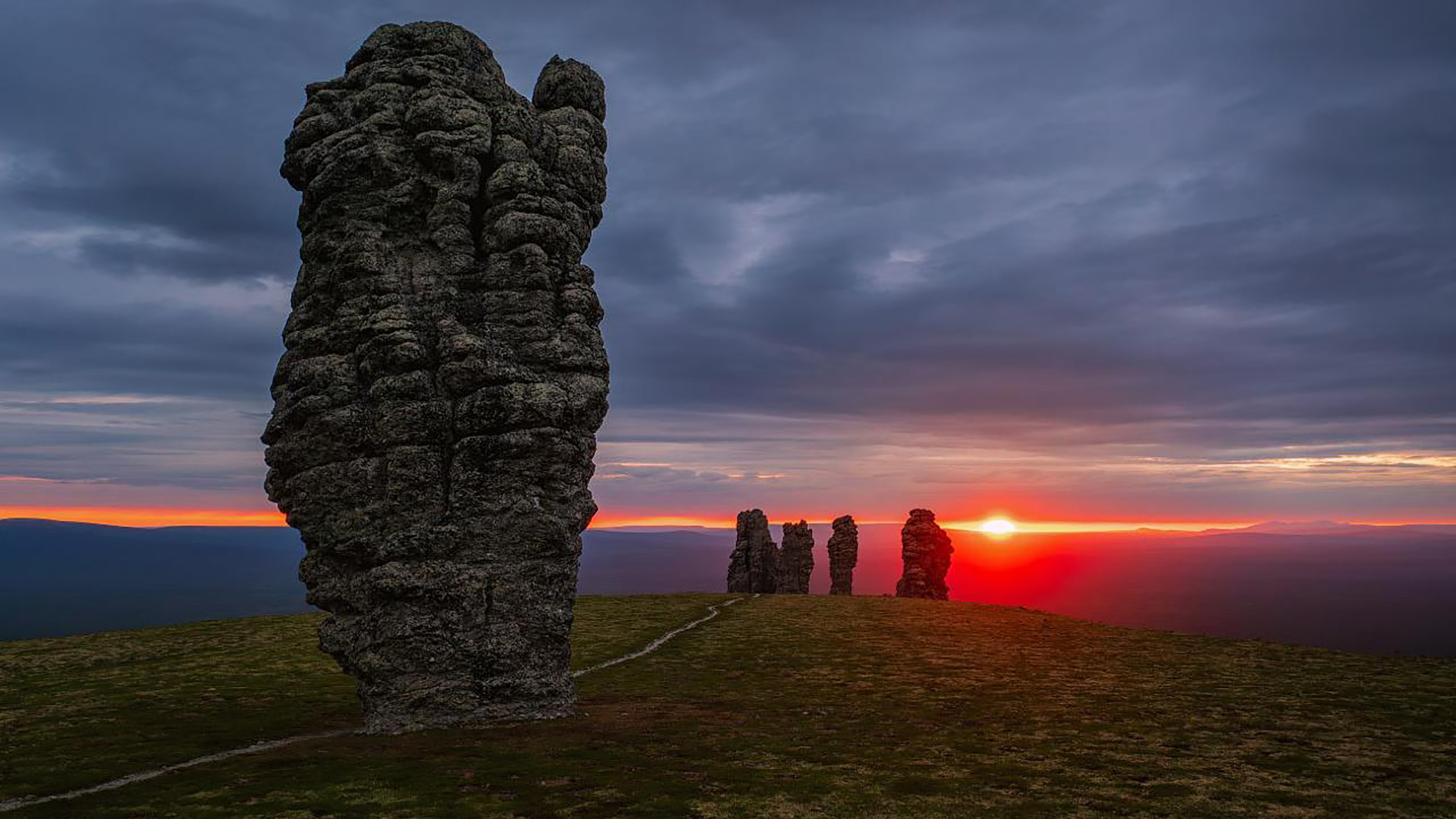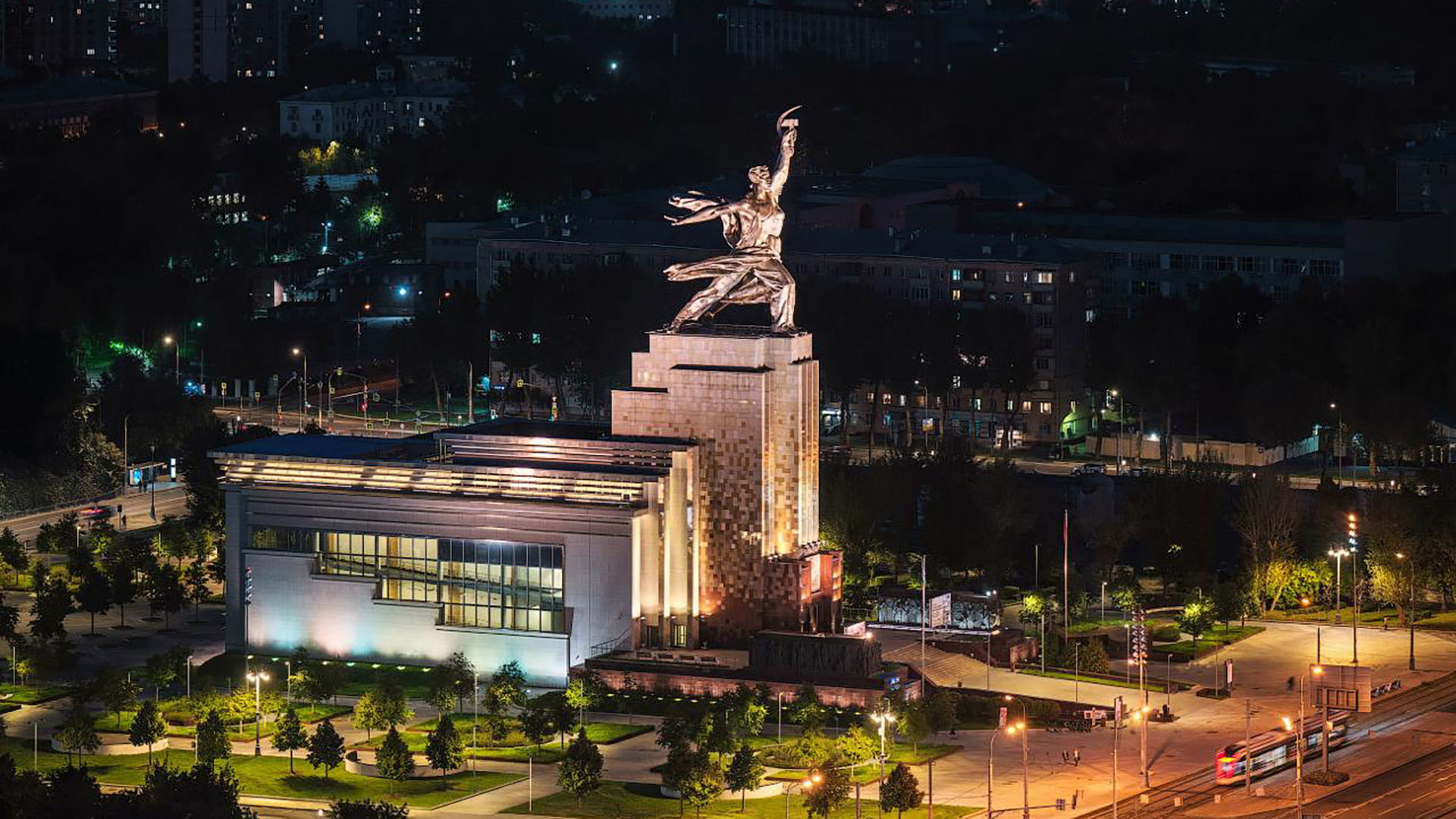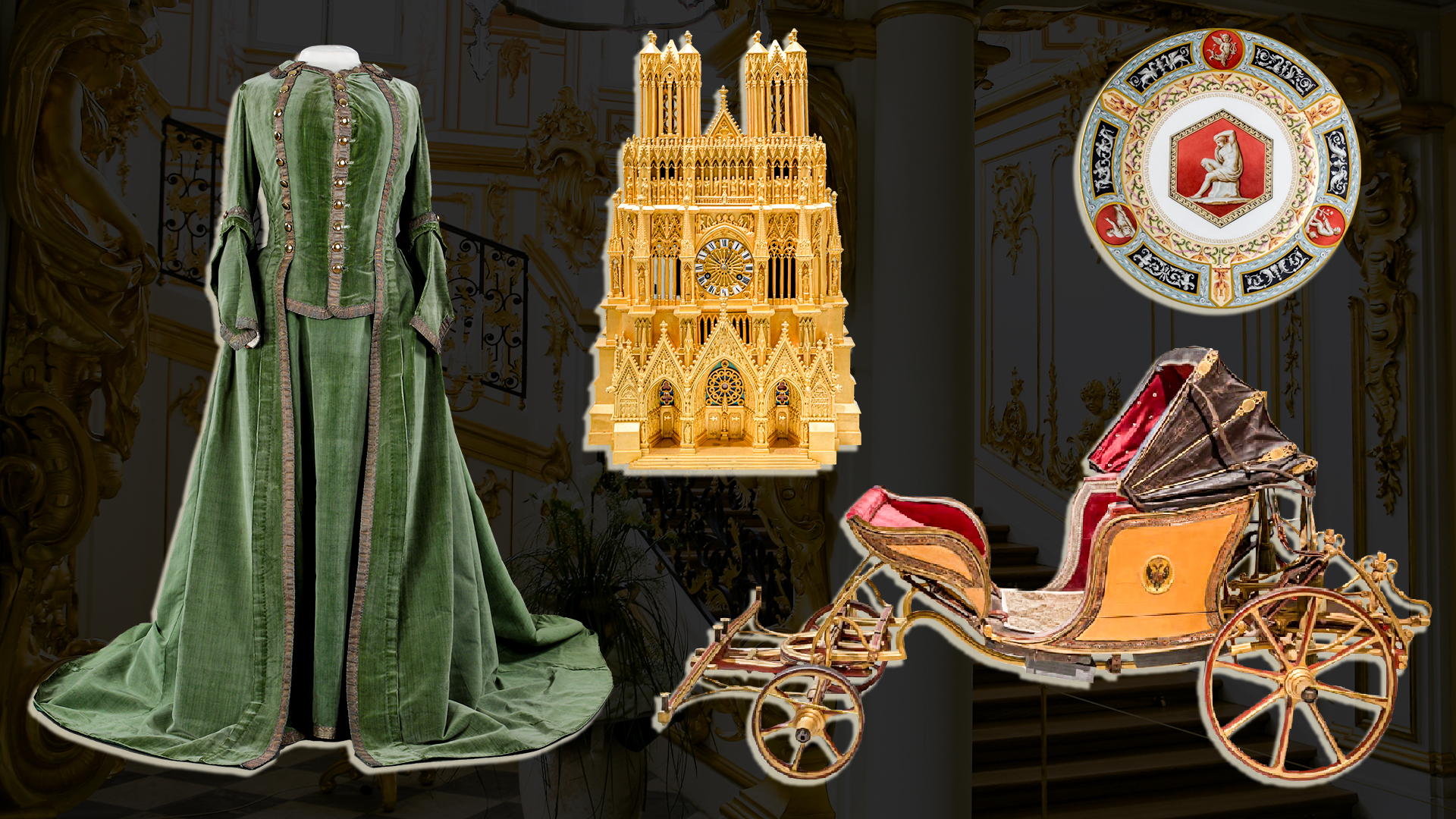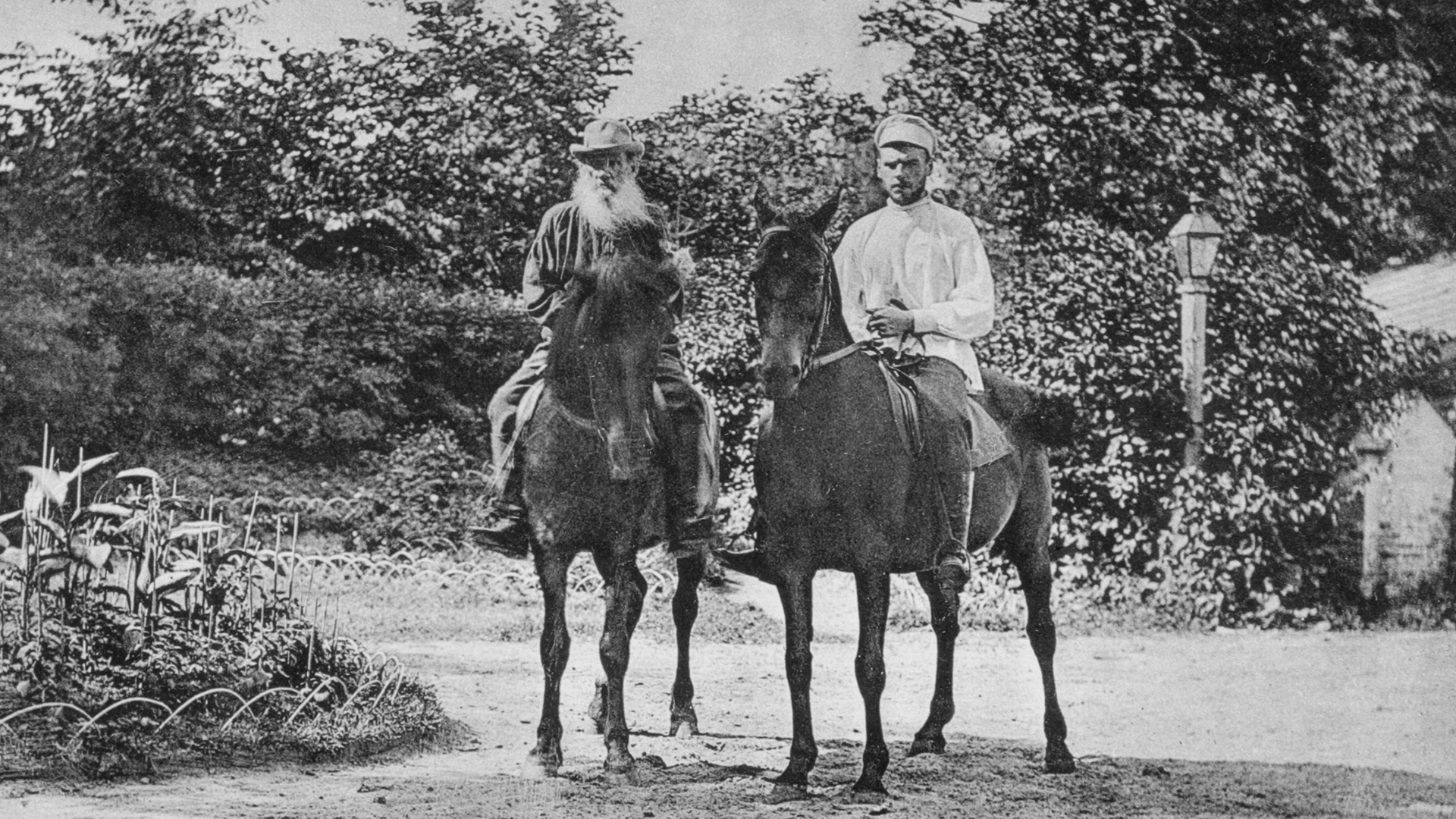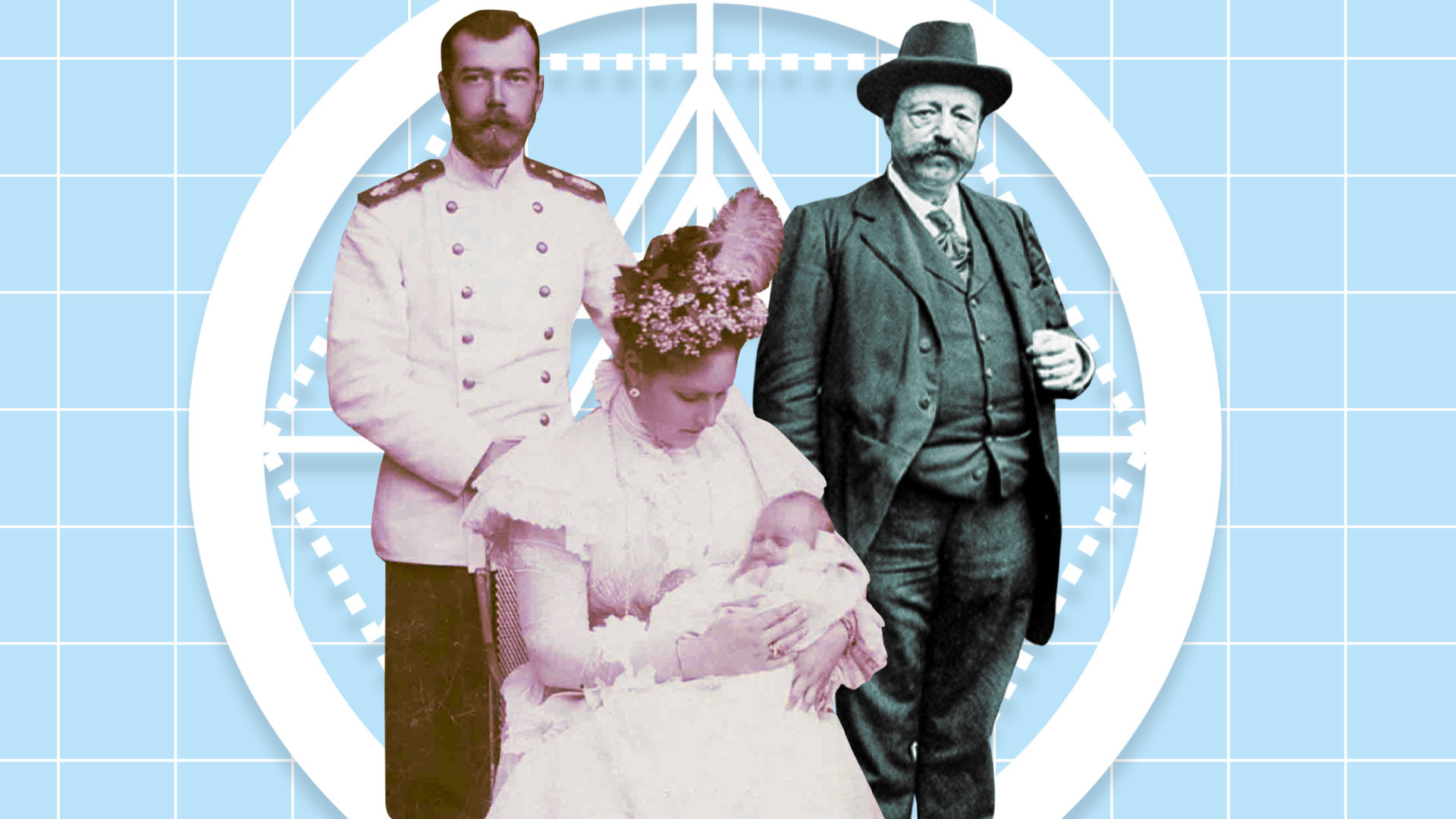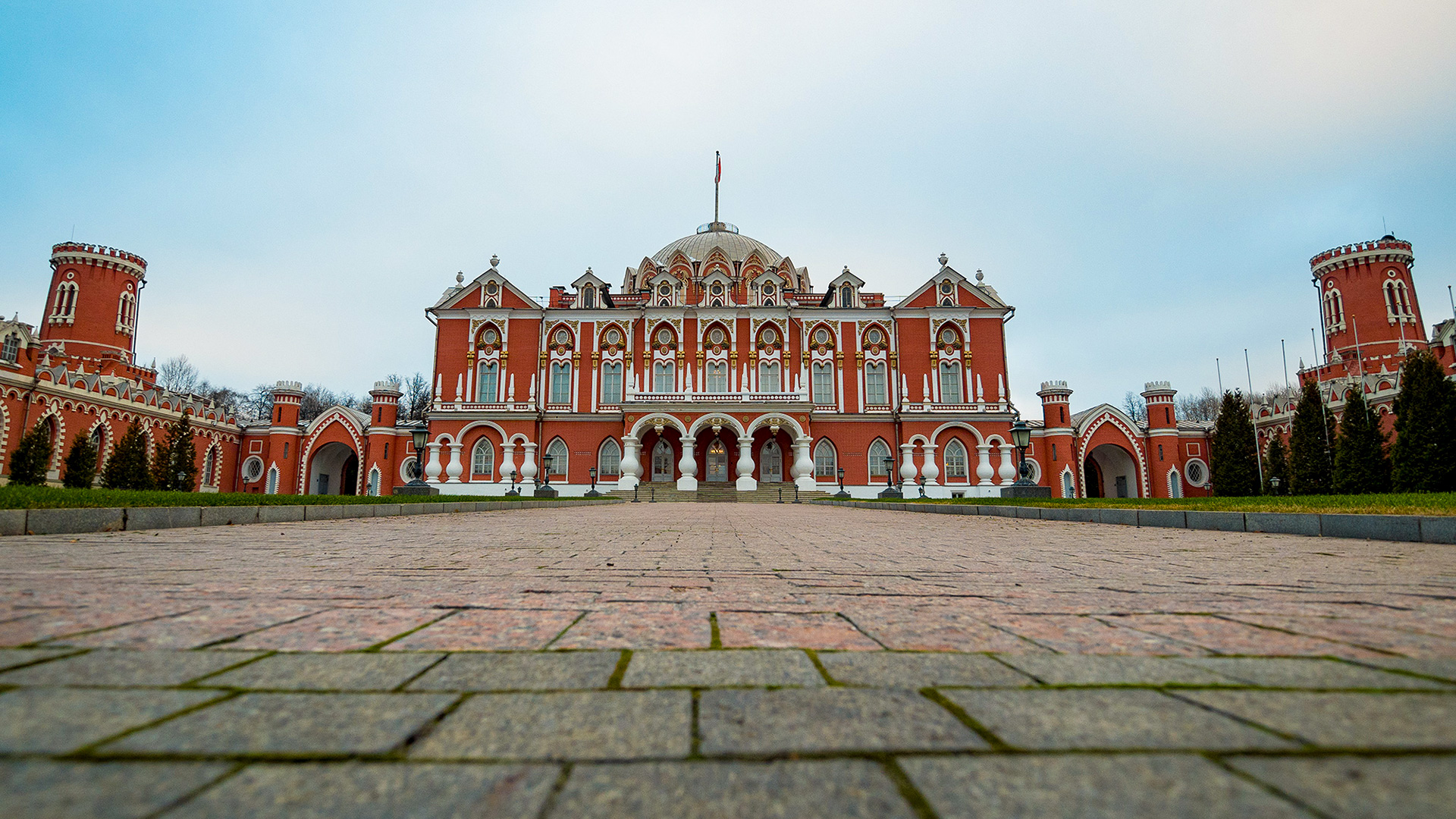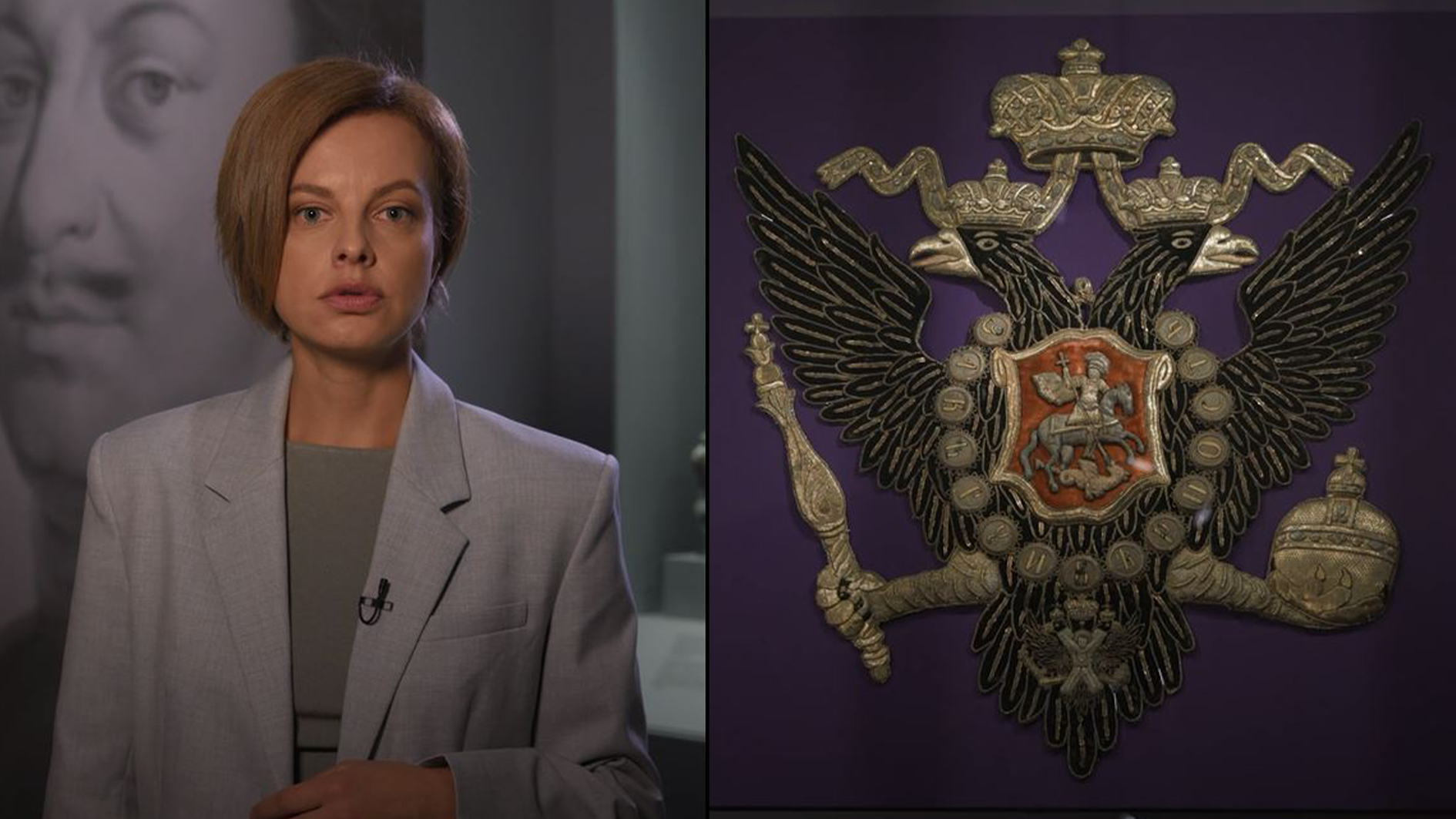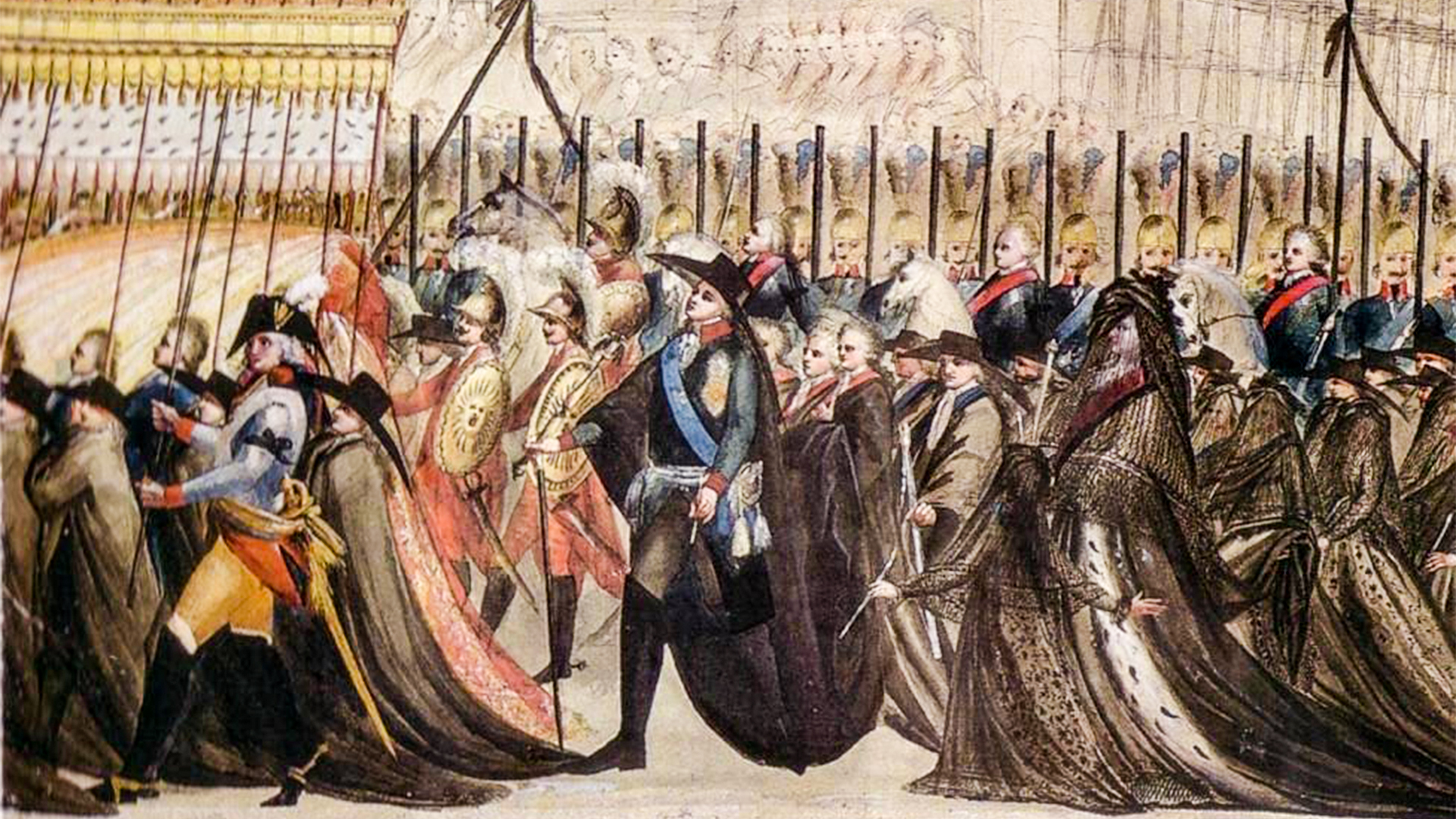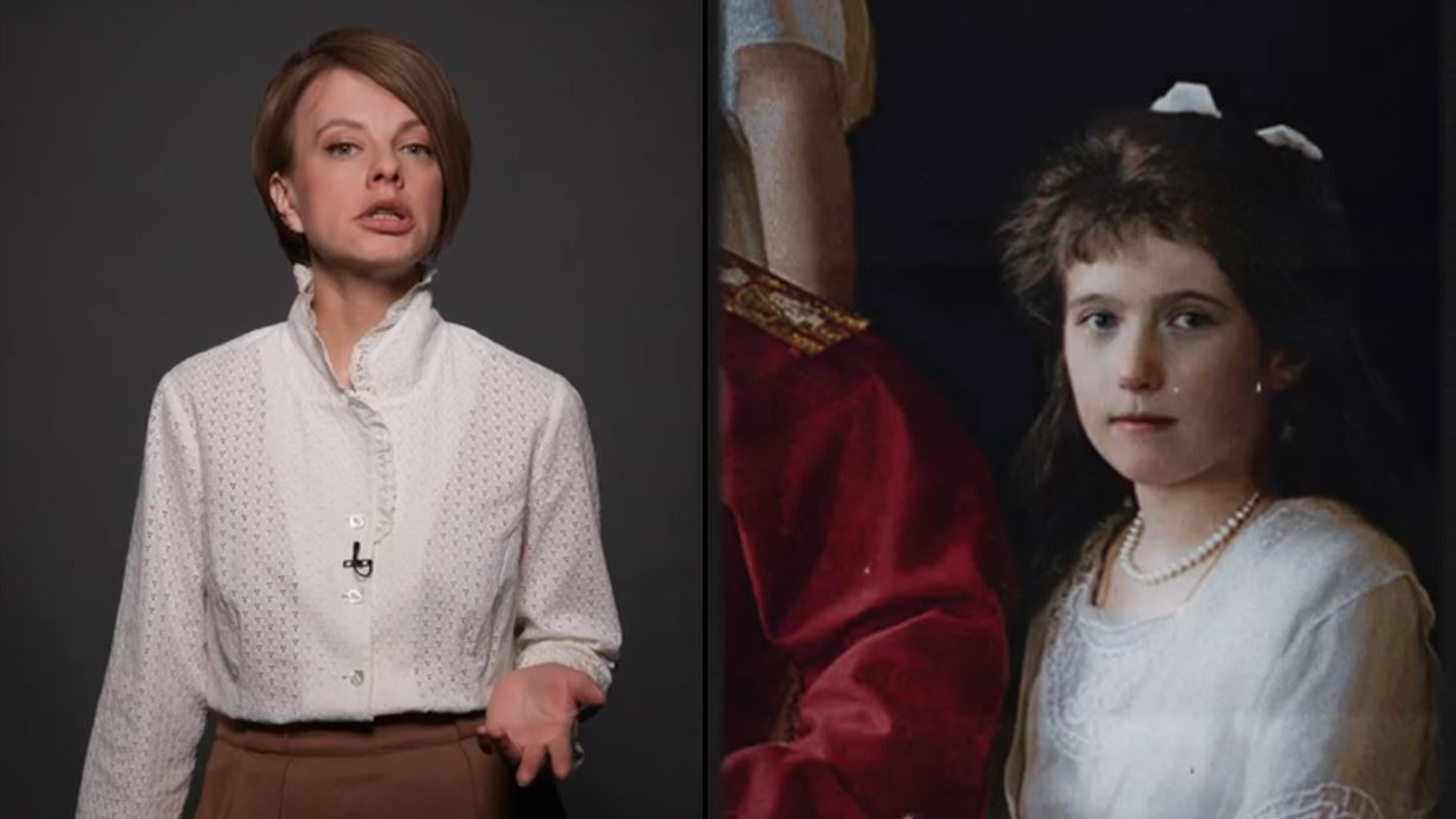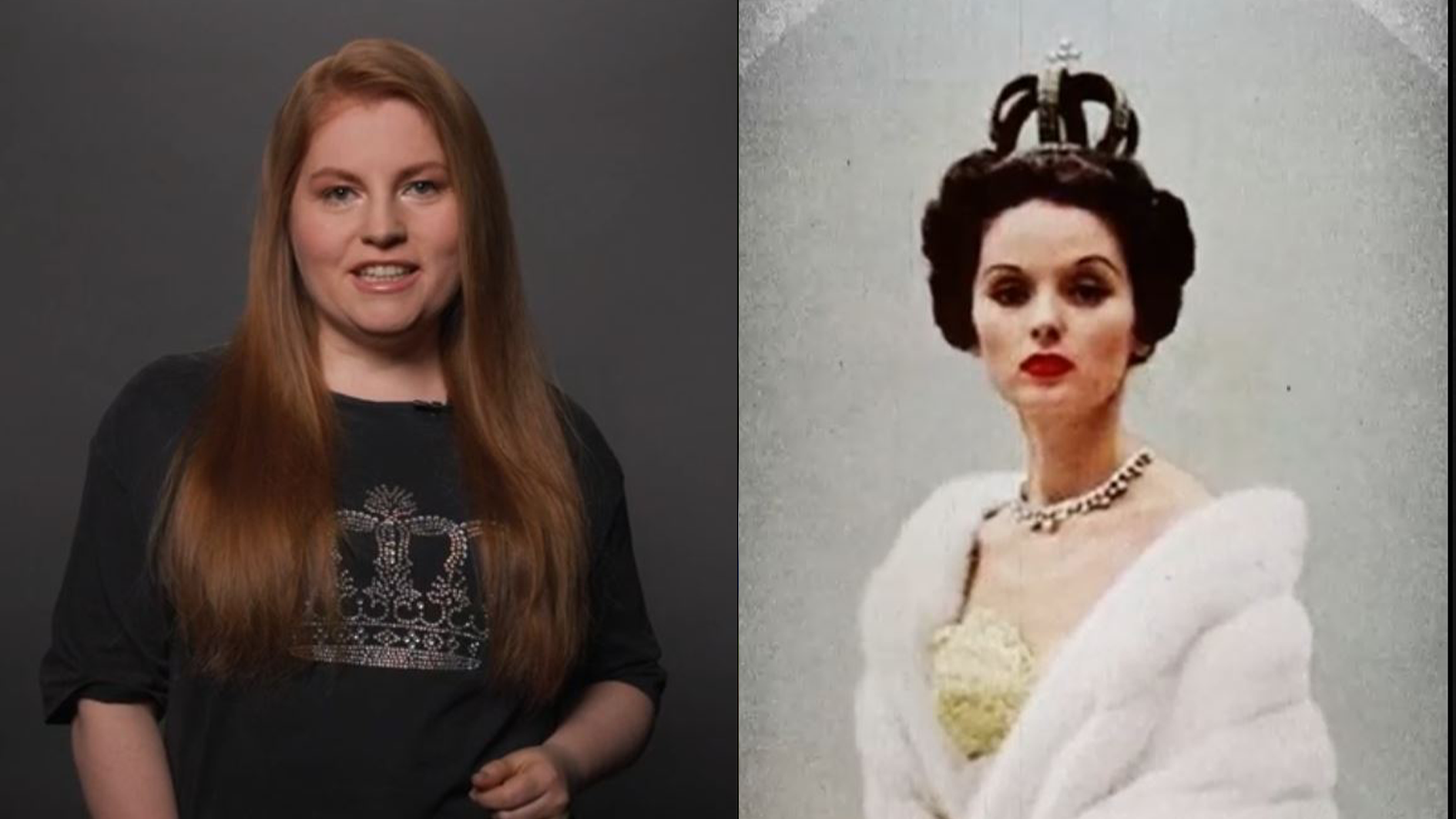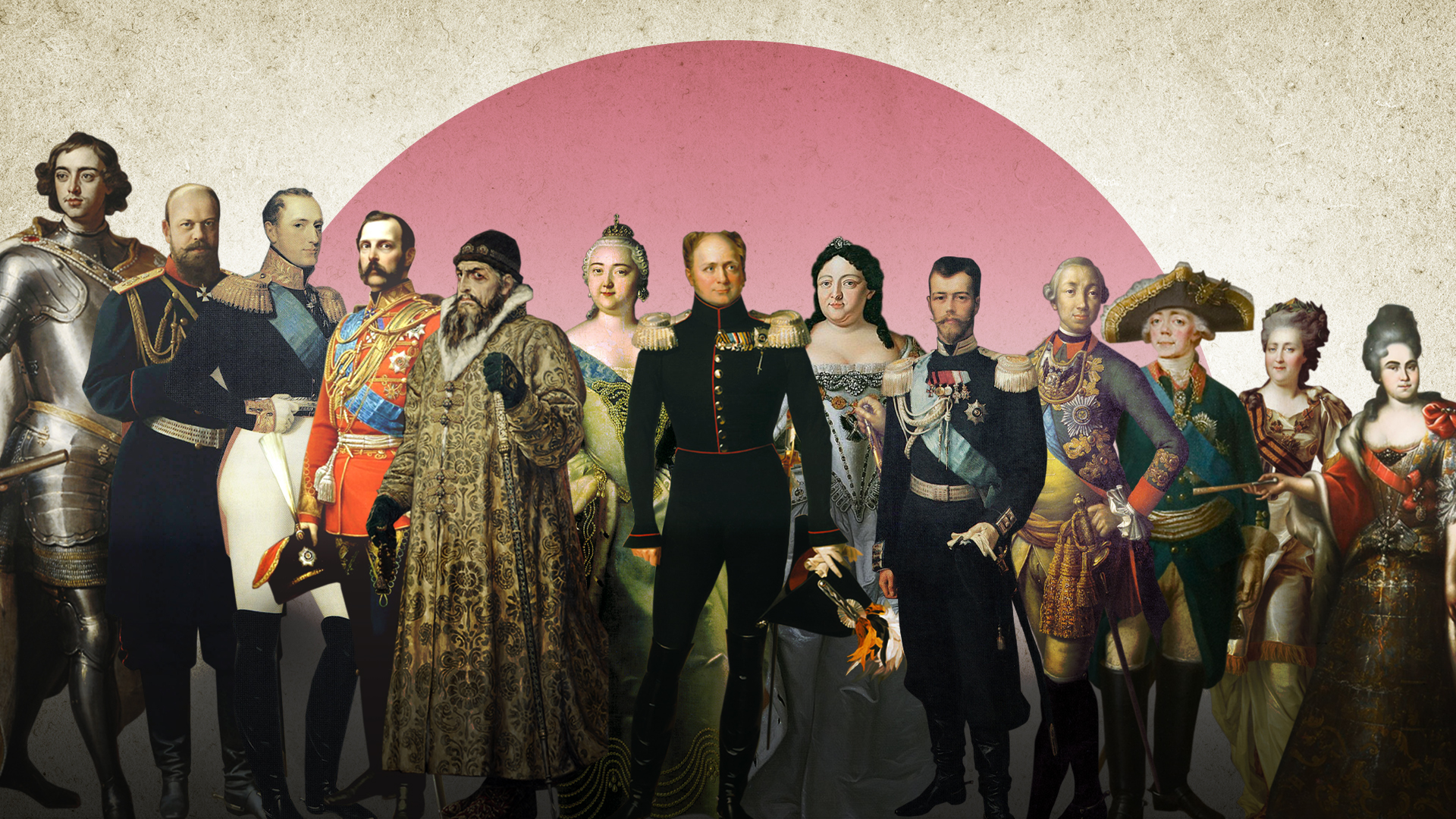
What Russia was like in 1905 (PHOTOS)

The year 1905 is known as the year of the first Russian Revolution. January began with a workers' strike at the Putilov plant in St. Petersburg, which then spread to all factories in the city.

At the end of January, the ‘Bloody Sunday’ occurred, which marked the beginning of the first Russian revolution. Protesting workers marched on the Winter Palace, carrying a “petition on workers' needs” to the tsar. They demanded the convening of popular representation in the form of a Constituent Assembly. The demonstration was violently dispersed with firearms and there were many casualties.

Chairman of the Council of Ministers Sergei Witte (pictured below) was indirectly blamed for the bloodshed. He was aware of the petition, but did not wish to address the tsar in advance and did not try to settle the conflict.

Public riots greatly overshadowed the personal happiness of Nicholas II, whose wife, only a year earlier, finally gave birth to a long-awaited son, the heir to the throne.

Nicholas II made concessions and promised to convene the first State Duma. The photo below shows a rally on the occasion of the tsarist ‘On Improvement of the State Order’ manifesto on October 17, 1905.

Revolutionary sentiment swept the former capital, as well. In February, revolutionaries threw a bomb into the carriage of the Governor-General of Moscow, Grand Duke Sergei Alexandrovich, right in the Moscow Kremlin. He was killed on the spot (the photo below shows the site of the terrorist attack).

The 1905 revolution culminated in the December uprising in Moscow. Barricades began to appear on the streets of the city.

Shooting was heard in Moscow from time to time. The Fidler School (pictured below) was subjected to heavy shelling, because revolutionary-minded youth had gathered there.

Meanwhile, armed confrontations were happening in different parts of the city. The photo below shows the destroyed Schmidt factory in Presnya District.

The revolution spread halfway across the country, reaching Crimea and the Urals. The photo below shows the damaged deck of the ‘Ochakov’ cruiser, where the revolt in Sevastopol began.

The sailor rebellion of the famous battleship ‘Potemkin’ happened right after, about which, 20 years later, Sergei Eisenstein would make his cult movie.

The dramatic backdrop to the revolution was the Russo-Japanese War, in which Russia was losing.

The photo below shows a field hospital for the wounded of the Far East Army.

In August 1905, the peace Treaty of Portsmouth was signed between Russia and Japan in the United States. The photo below shows the participants of the negotiations. Sergei Witte is pictured in the center in the first row, while Roman Rosen, Russia's Ambassador to the United States, is standing to the left of Witte. Fourth from the right, meanwhile, is Japanese Foreign Minister Komura Jutaro.

Leo Tolstoy was very worried about the war and revolution, despite the fact that he was an anarchist and professed the principle of non-resistance to evil by violence.

At the same time, charity flourished during the war. The photo below shows ladies at a donation point for the wounded.

And below is what ordinary peaceful life looked like in this difficult year. Depicted is a mass prayer service of Orenburg residents for peace.

Views of Russia. Officials stand outside the Miass City Direction building in the Urals.

A scene from St. Petersburg street life: officials read the latest newspapers.

Workers pose inside a gastronomic store in St. Petersburg.

Below, great composer Sergei Rachmaninoff is pictured in his Moscow apartment. After the 1917 Bolshevik Revolution, he emigrated and spent the rest of his life in the United States.

Celebrity writer Maxim Gorky and his no less starry mistress, actress Maria Andreeva, pose together with painter Ilya Repin at his Penaty Estate.

At the turn of the centuries, psychiatry and even hypnosis treatment began to spread in Russia. Such a session is captured in the photo below.

Faces of the era: a young student from the women's gymnasium poses with a book.

And the pioneer of color photography Sergei Prokudin-Gorsky captures two “orphans” in the photo below.



